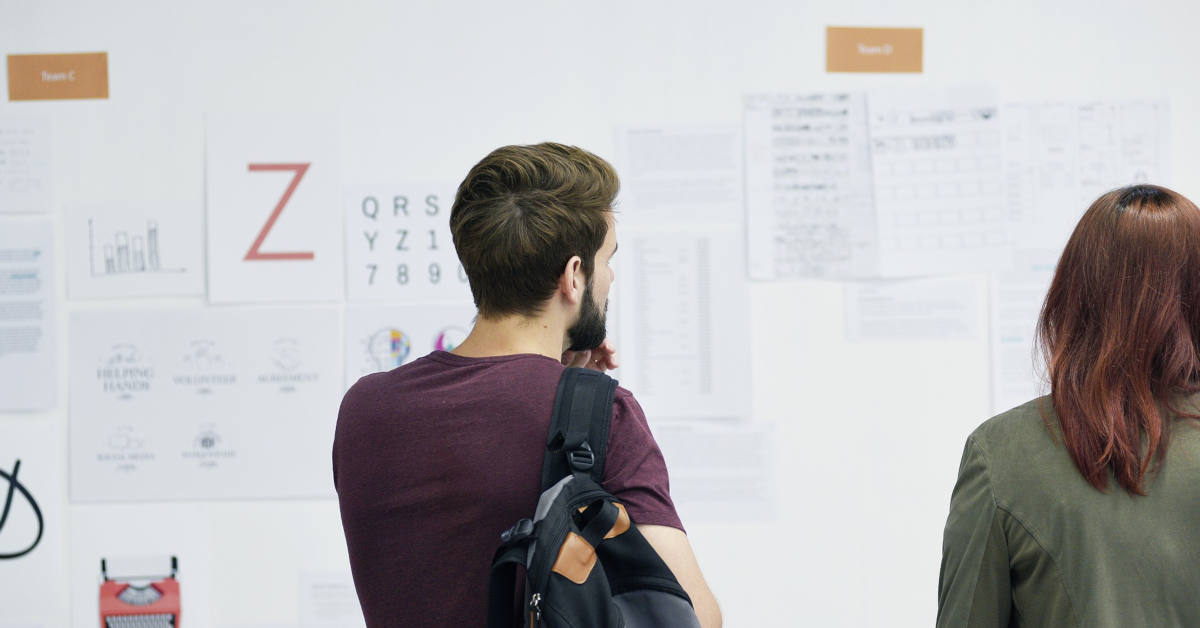(and 5 reasons why you should consider it)
Prototyping. Its all the rage in product development because of design thinking, lean, and minimum viable products. But it might not make sense for your agricultural product or service. Here are some reasons why:
- It takes too long. The window of opportunity is small, and the race is on to beat the competition. Execution is everything. Better for the team to just get coding.
- Of course, if the team build head down the wrong track or your customers just don’t like or use it, you may not have saved time at all.
- Of course, if the team build head down the wrong track or your customers just don’t like or use it, you may not have saved time at all.
- It’s too expensive. Your budget is finite. If you have 100k to build a product, you can’t afford to waste 10k on fluff. Worse, if the prototype shows our idea is wrong, you’re going to have to spend again on another prototype!
- Or you could spend all your budget on developing the real product. And then spend it again changing the product, instead of changing the prototype.
- Or you could spend all your budget on developing the real product. And then spend it again changing the product, instead of changing the prototype.
- Our team is very busy. I don’t want to distract them with a prototype or mock-ups. Can the developers just get underway on the work?
- The developers can build something. But what? Unless they have amazing knowledge, they may go off on a tangent or interrupt your team instead.
- The developers can build something. But what? Unless they have amazing knowledge, they may go off on a tangent or interrupt your team instead.
- Prototypes are risky. You don’t mind creating wireframes and mock-ups, but it could be embarrassing if your customers don’t like them.
- Instead, you can wait until the product is ready to discover that your customers don’t like it.
- Instead, you can wait until the product is ready to discover that your customers don’t like it.
- You already know what the customer needs. Perhaps you were the customer in the past, or you have worked with them for years. Regardless, this idea is yours and you know what they need.
- And no one likes to be wrong, or to find gaps in our knowledge. That said, I’d rather find those gaps as early as possible, and I’m sure you would too.
- And no one likes to be wrong, or to find gaps in our knowledge. That said, I’d rather find those gaps as early as possible, and I’m sure you would too.
If you’ve read this far, you’ve probably realised there’s a bit of tongue-in-cheek at work above. To be fair, I’ve heard all those reasons from one or another customer. Or our team. Or me.
It can be tempting to skip from customer empathy and ideation straight into development. In the early days of a new service or product development, it seems to make sense to just get underway. Building and testing prototypes takes money, time, and customer goodwill. Done well, prototyping should deliver a huge return on that investment.
What is a prototype?
A prototype is an early model or an experiment that helps you learn about the thing that you hope to construct. It helps you turn the ideas you gain from building customer empathy into something tangible. Something you can “handle”, before you invest in building your full solution.
Why should you prototype your product or service?
Use prototypes at different times and in different ways to reap a variety of benefits:
- Use sketches and paper/card models when you are coming up with ideas. This helps stimulate more ideas by engaging different parts of your brain. The process must be easy and lightweight otherwise you’ll suffocate those ideas before they appear.
- Build storyboards and low-fidelity prototypes with your team and tame users. This “learning by doing ” will increase your understanding and identify gaps. You want to identify gaps early rather than have developers and testers do it later.
- Validate your ideas by testing prototypes with real customers or users, before you build your product. You may worry about showing an important customer something half-baked, and its ok to invest a little more time in making the prototype look good.
- Prototyping not only helps you “build the right thing”. You can also use it to not build the wrong thing. Kill an idea if it becomes obvious it won’t fly, and you’ll save far more than prototyping ever cost.
- Even digital prototypes are more “concrete” than ideas on paper, so they force you to face up to reality. You can’t read livestock tags by Wi-Fi from a drone (yet)? Or the data for the AI you had your heart set on doesn’t exist? Your prototype might have to show a system without these magic bits. If you can identify practical limitations early, you can manage expectations of your customers and stakeholders.
If you’re thinking about incorporating prototyping into your agricultural product or service, talk to us. We’d be happy to help you with where to start.

